Support OpenDurham.org
Preserve Durham's History with a Donation to Open Durham Today!
OpenDurham.org is dedicated to preserving and sharing the rich history of our community. Run by our parent nonprofit, Preservation Durham, the site requires routine maintenance and upgrades. We do not ask for support often (and you can check the box to "hide this message" in the future), but today, we're asking you to chip in with a donation toward annual maintenance of the site. Your support allows us to maintain this valuable resource, expand our archives, and keep the history of Durham accessible to everyone.
Every contribution, big or small, makes a difference and makes you a member of Preservation Durham. Help us keep Durham's history alive for future generations.

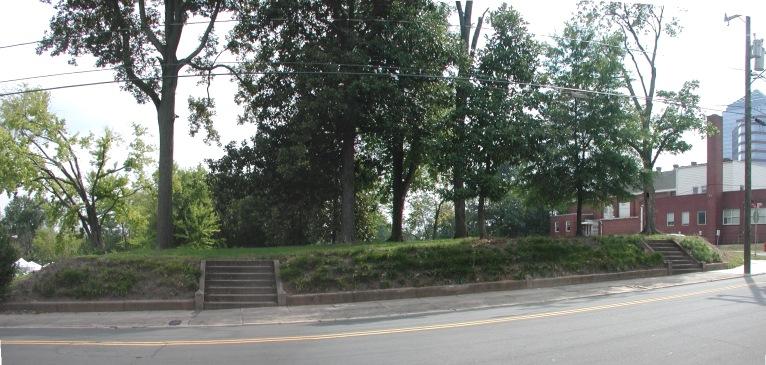
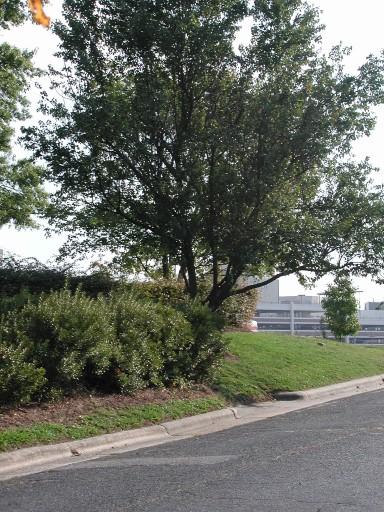
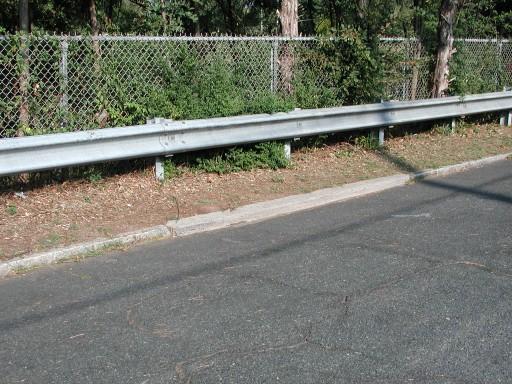
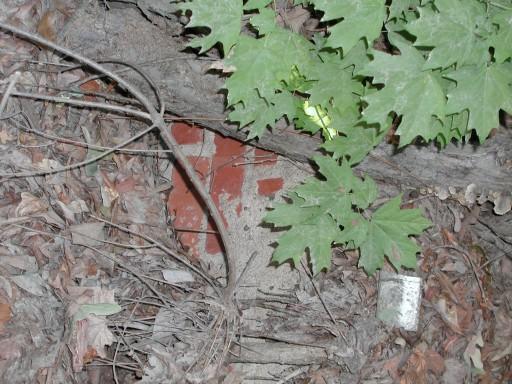
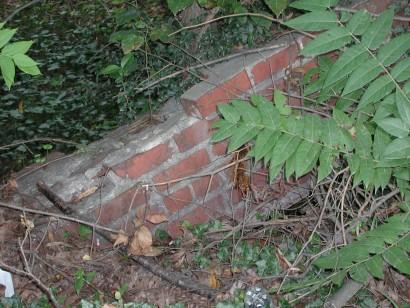

Comments
Submitted by Joe (not verified) on Thu, 9/28/2006 - 5:26am
When there's a cutout in old hewn granite curbing, I understand. But I've seen cutouts in concrete that I thought miht have been poured by the city (or whomever) just because there was a lot there. Does that happen? WRT lots, if (in general) one sees an empty lot in an otherwise developed (but not cookie-cutter developed) neighborhood, does that usually mean no house was built there, or that a previously-standing house was removed? Maybe these questions are too general -- sorry.
Submitted by Sven (not verified) on Thu, 9/28/2006 - 11:21am
Joe
Thanks for your comment. There definitely isn't a a general rule - I'd term the curb cut as 'on-the-ground' reconnaissance for further investigation. It certainly depends on the location in city - closer in to the center of the city, probably a tear-down, but out in the 'burbs, probably not. Generally, in Durham, if it is south of Murray Ave or north of Hope Valley and there's not obvious new construction around it, I'd say there was a house. Concrete vs. granite isn't in-and-of-itself a good delineation, as there was a lot of concrete poured in the 50s and 60s for curb cuts/driveways to older houses that are gone. The first example I showed in the post is one of those - poured in the 1960s during the street re-do for circa 1910s houses that are now gone.
Add new comment
Log in or register to post comments.